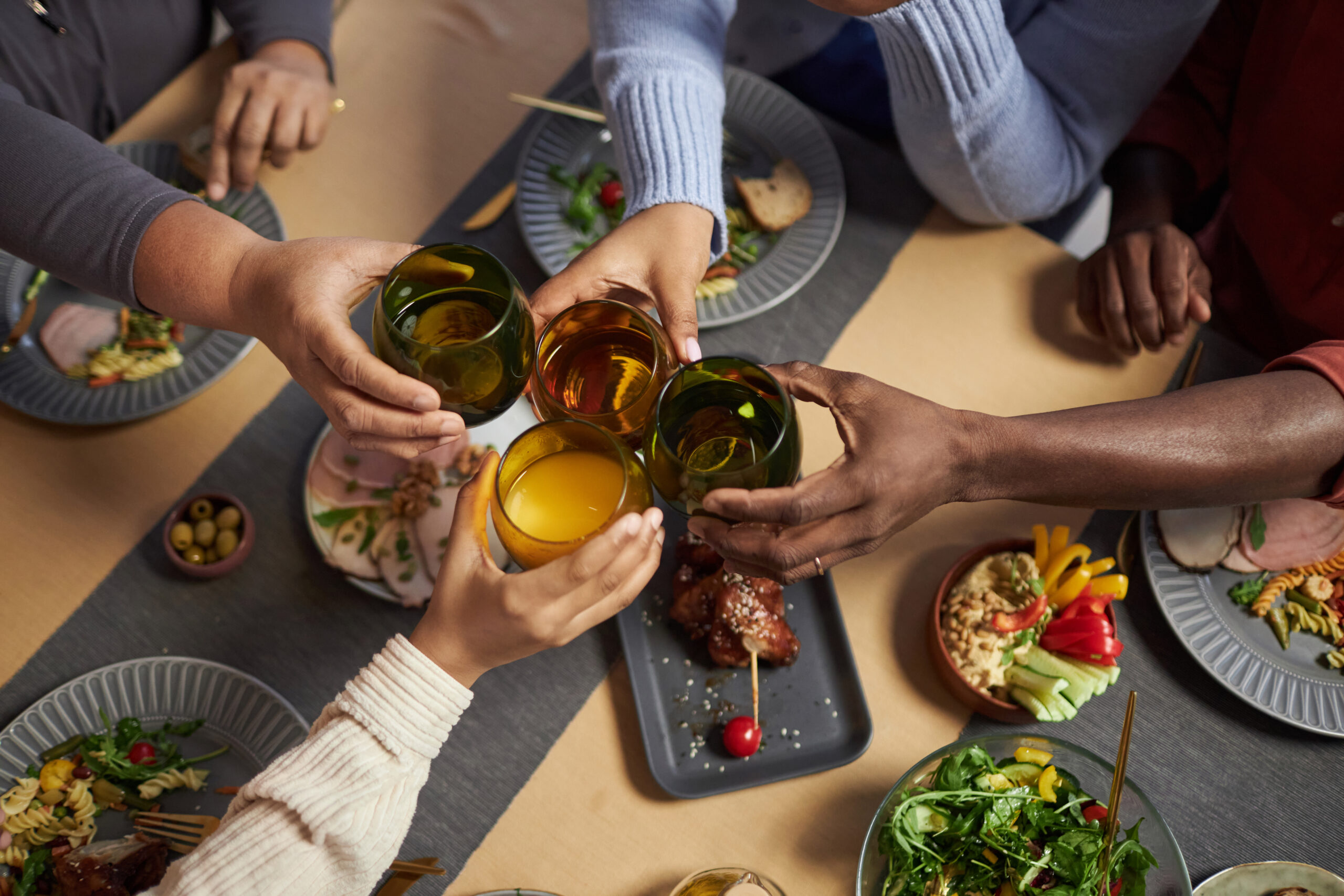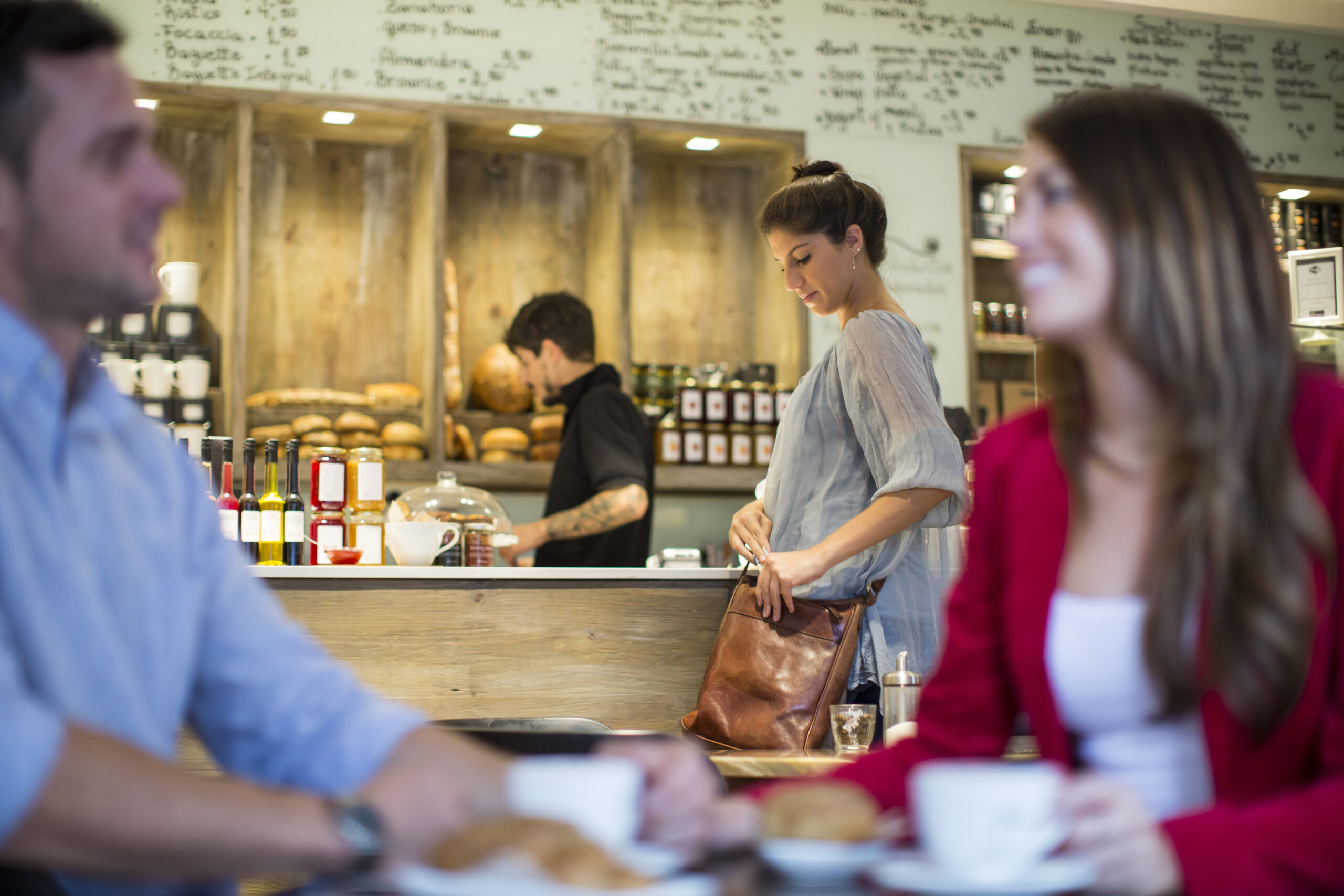Ultimately, running a business is about making money. When it comes to running a food & beverage outlet, be it ancillary or main focus, the key goal is what the margin will be. Owners of F&B businesses seem to split three ways:
- The Margin Makers: They measure their GP Margin % against carefully set targets with the help of external stock-takers.
- The Price is Righters: They price based on local competition and won’t know their gross profit until an accountant compiles a monthly or quarterly report.
- The Hit and Hopers: These offer a service first, and try to make money too, in the face of the extremely busy life of a hospitality business owner, but often falling short.
Whatever camp you fall into though, it may be time to look a little closer at this measure of profitability that the industry holds so dearly.

Costs used to calculate gross margin must not include anything but the cost of purchase of the item. Do not include the cost of packaging or a contribution to glassware costs as this will cause a range of problems when trying to calculate blended margins accurately. Also, I have seen GP Margin calculations which include some proportion of labour costs, which will render all your margin calculations pointless.
So, easy enough for a single item, but, we really need to calculate the overall GP, and for that, we need to scale up the calculation a bit.
- Pick an opening date and take an accurate stock take, before trading has started, valuing the items (excluding VAT).
- Add the value (excluding VAT) of any deliveries/purchases made to this number.
- Pick a closing date and take another accurate stock take as before.
- The opening valuation, plus the delivered items, minus the closing value will then equal your consumed stock price – or, the cost price for everything you’ve sold in that period.
- Then use your EPOS system to calculate all sales during the period in question, this will give you your gross selling price.
- Then you have all the information required to complete the calculations from above, just with bigger numbers.
See the table below for an example:

- Opening stock valuation on a Monday is £4,000 (ex VAT).
- Deliveries come in over the next 7 days to the value of £2,000 (ex VAT).
- Closing stock valuation on the following Monday is £4,500 (ex VAT).
- Opening stock (£4,000) + Delivered stock (£2,000) = Stock In (£6,000).
- Stock In (£6,000) – Closing stock (£4,500) = Consumed stock (£1,500).
- The EPOS system says the Gross sales (including VAT) for the 7 days is £6,000. The Net sales are therefore gross sales of £6,000 divided by 1.2 = £5,000.
- Net Selling Price (£5,000) – Net Purchase Price (£1,500) = Net Profit (£3,500).
- Net Profit (£3,500) divided by Net Selling Price (£5,000) = GP Margin % (70.00%)
Pricing to GP Margin %
Some businesses price their products in the hospitality environment based on a GP Margin % target. We advise against this. The oft-asked question of “what price should we charge” is complex, and there are a lot of considerations to feed into this – what people will pay, what the competition charge, the cost, margin aims and so on. The solution is based on one simple principle, with two caveats.
The price I should charge, is the highest price I can charge for the item, but only when the following conditions are met, as much as possible.
- The customer feels like they have been provided with a product worth what they paid.
- I have maximised the usage of the square footage of my business as much as I can in a given trading period; and I think that reducing the price of the particular item won’t add any more footfall/instances of spending.
There are clearly a lot of elements to considering these two conditions, so that’s a discussion for another post.
You can’t pay the rent with percent(age)!
These calculations mention Net Profit frequently, as it is used as part of the calculation to get to a GP Margin %. Traditionally, the hospitality industry has been quite reliant on GP Margin % as a measure of F&B profitability. However, it’s really not that useful in isolation. If we think back to our Average Ale, it’s supposed to be exactly that – average. It costs a reasonable £1.00 (ex VAT) a bottle, and we’re selling to customers at a reasonable price of £3.60. It’s giving us a GP Margin % of 66.67%, which is again, quite reasonable, and well within the parameters that the industry would consider fine. But what if we wanted to compare it to buying a better product – that cost half as much again. We could then surely sell this at an increased price – even if only by an extra £1.00. You then end up with the numbers below.

So, our GP Margin is 5.80% lower on the new product, at just over 60% – and from a traditional industry point of view, that’s too low. However, I’m more interested in the extra £0.33 Net Profit – the cash margin. If we’re selling 100 beers of this type a week, that’s £33 per week of bottom-line profit or £1,716 per year. To put that into context, you would need to sell an extra 16.5 Average Ales each week to create the same amount of extra profit.
First of all, we all know that’s hard anyway – especially in this market. Secondly, selling extra products takes more cost – labour, storage etc, and the people drinking them take up space in the bar. So surely, we’re better off selling the same number of products, but making more profit off them?! But GP Margin % in isolation will tell us not to do this – we need to start looking at the whole picture.
It’s crucial to remember though, that this model only works if your item sales numbers remain static (or better yet, grow, as you sell better quality products). If some of your customers are so cost-conscious that you’ll lose them, or a potential second or third purchase, then this isn’t a good strategy.
Based on these numbers, you could only afford to lose 14 sales of the new Craft Can each week before arriving back at the same total Net Profit point.


To Conclude…
GP Margin % can be valuable, but slavishly adhering to it isn’t going to help you maximise the profitability of your business. Ensure that pricing, promotions and purchasing decisions are made to work out how best to achieve maximum profit – measured by £ in the bank, not as a %.
*Rates noted throughout are applicable to the United Kingdom, as correct at November 2019.

 " />
" />


 Instagram
Instagram Facebook
Facebook Linkedin
Linkedin